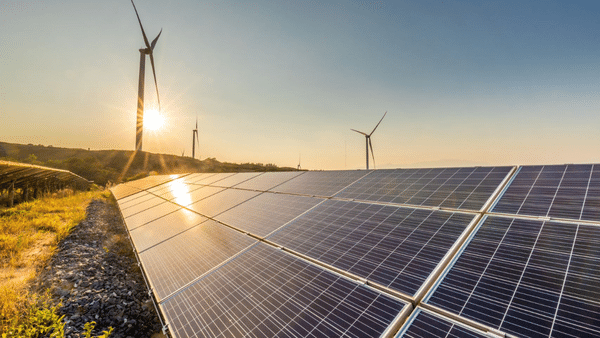We desperately need a climate-friendly shipping industry
Around 90% of the world’s goods are transported by sea, yet the centuries-old shipping industry is one of the world’s dirtiest (and largely invisible to most of the world’s population). Nearly all of the 70,000-strong global fleet uses ‘heavy’ fuel oil, full of polluting compounds, consuming more than 200m tonnes annually and emitting 2.8% of the world’s global greenhouse gases, almost equal to Japan’s annual emissions in 2020.
The United Nations agency, the International Maritime Organization (IMO), has set targets for a 50% reduction in greenhouse gas emissions by 2050 and a 40% fall in carbon intensity by 2030 compared with 2008 levels. Mitigations such as sailing at slower speeds, using more efficient internal combustion engines and other measures such as propeller and hull modifications partially meet immediate targets. However, although the global rules also mandate that ships burn fuel oils with reduced sulphur content from 2020, many of the largest vessels have fitted abatement technology to continue burning the dirtiest fuel.
The shipping industry desperately needs to make the transition to zero-carbon fuels, yet the challenges are huge: the technology is unproven, zero-carbon fuel availability is uncertain, trillions of dollars in investment is needed, and regulators cannot agree on the pathway to meet climate change objectives. Meanwhile, no clear preference has emerged for any one fuel to lead the energy transition. Ammonia, methanol, hydrogen and battery fuel cells are expected to form part of the mix, but all have their shortcomings, and none can yet be produced in the quantities required.
Even though the first ammonia-fuelled ships are currently being built and are expected to set sail by 2024, scaling up this production will be a huge feat. For example, if all the world’s vessels moved to using ammonia, the fleet would need 650m tonnes each year: three-and-a-half times the world’s current production, according to a report by US non-profit group, the Environment Defense Fund. On top of that, all of this would need to be produced using clean, renewable electricity.
Cost is another factor. Studies prepared by the Climate Change Champion’s shipping lead ahead of COP26 amplify this dilemma. Some $70 billion needs to be invested by 2025 if international shipping wants to switch just 5% of marine fuels consumed to zero-emission alternatives by 2030.
The industry is now shifting from marine oils to liquefied natural gas (LNG)-powered ships, which are said to emit 20% less CO2, although this claim has been challenged; figures depend on the engine type and do not take into account methane emissions. Of the ships currently on order just 4.3% will use ammonia, hydrogen, methanol or battery power. Another 6.1% will use LNG.
As a result, marine fuel oil is expected to retain a dominant share in shipping’s energy mix over the next 20 years – the average vessel’s lifespan – despite climate imperatives.
So why has the pace of reform been so glacially slow? The IMO must agree decarbonisation targets by consensus among its 174 member countries and insists a global approach is better than regional targets. This crawling pace of change means that some countries and regions are going out on their own. For example the EU’s ‘Fit for 55’ package controversially includes shipping in its emissions trading scheme from 2023.
While regional measures will help shift the dial, we urgently need a joined-up plan from international governments. Shipping cannot clean up on its own.
Michelle Bockmann is a shipping and energy analyst and Markets Editor at Lloyd’s List
This article first appeared in the RSA Journal Issue 4 2021
Related articles
-
Our yes/no voting system means nothing ever happens
Comment
Peter Emerson
Climate change tells us we must cooperate or die. But where’s the cooperation between political parties? Peter Emerson suggests a radical change.
-
Design for Life: six perspectives towards a life-centric mindset
Blog
Joanna Choukeir Roberta Iley
Joanna Choukeir and Roberta Iley present the six Design for Life perspectives that define the life-centric approach to our mission-led work.
-
Rural and post-industrial perspectives on the just transition
Report
Fabian Wallace-Stephens Emma Morgante Veronica Mrvcic
This report explores how changes to the energy system could impact specific Scottish regions and bring together citizens to collectively imagine better futures.




Be the first to write a comment
Comments
Please login to post a comment or reply
Don't have an account? Click here to register.